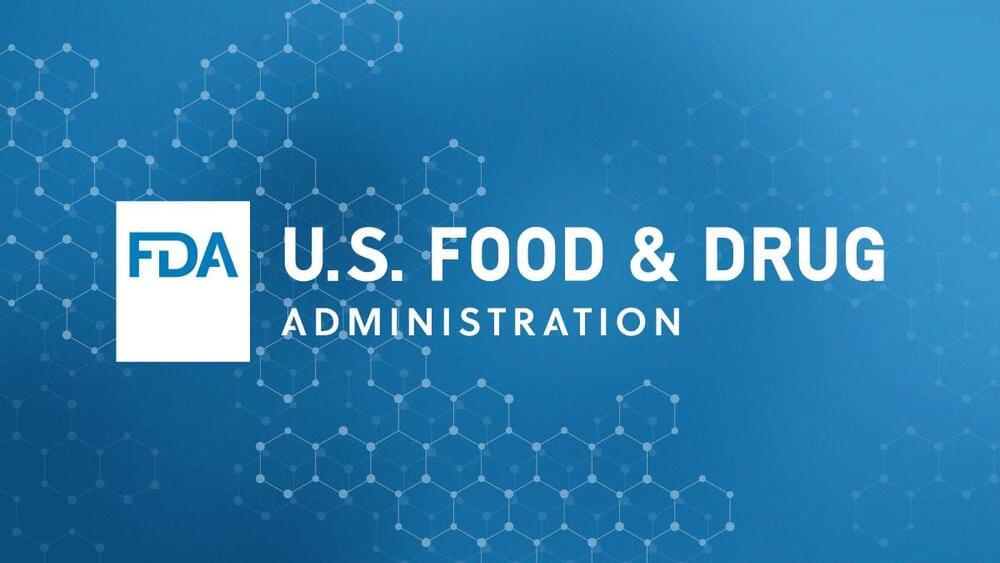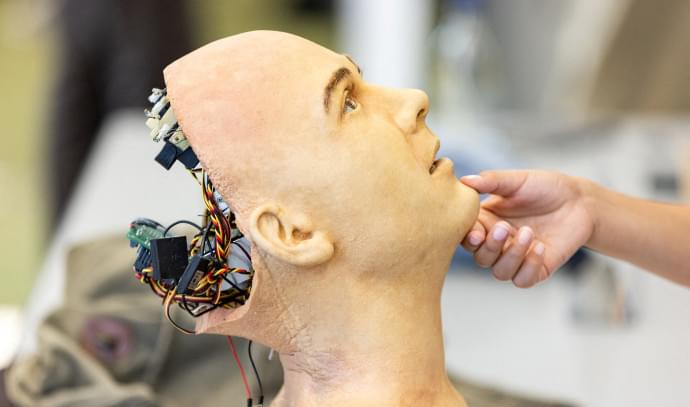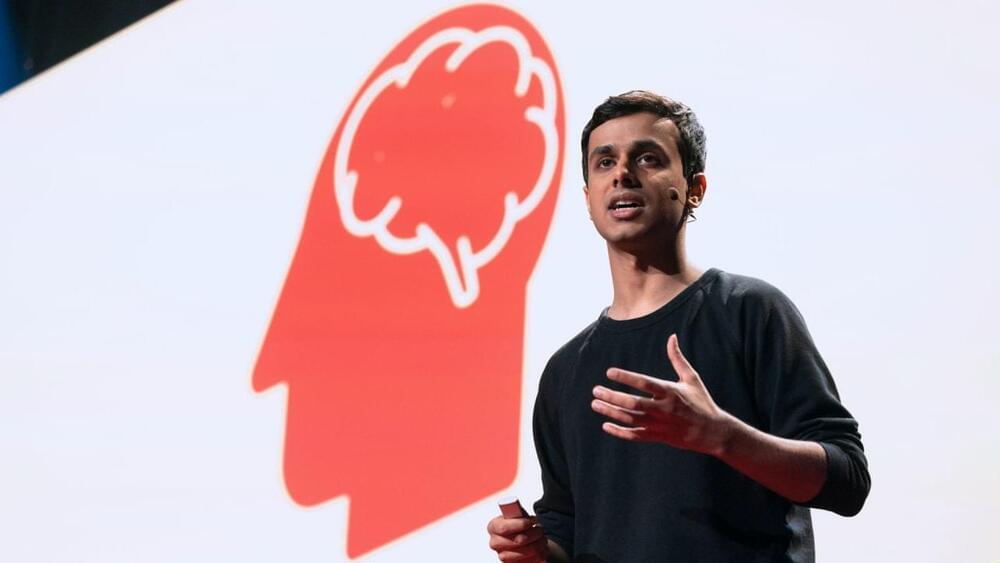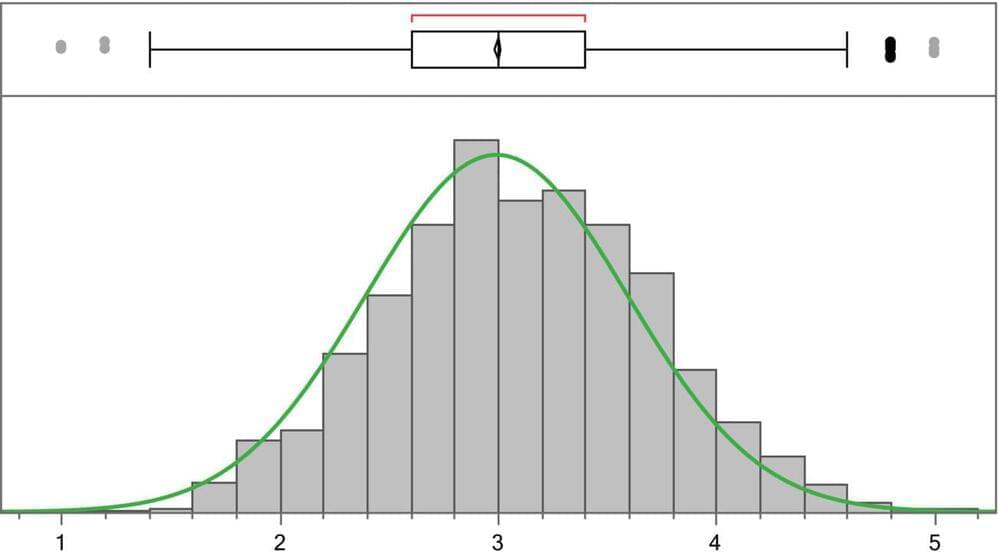In January 6 2023, the U.S. Food & Drug Administration approved Leqembi (lecanemab-irmb) via the Accelerated Approval pathway for the treatment of Alzheimer’s disease. Leqembi is the second of a new category of medications approved for Alzheimer’s disease that target the fundamental pathophysiology of the disease. These medications represent an important advancement in the ongoing fight to effectively treat Alzheimer’s disease.
Recently it has been granted full approval. Leqembi, developed jointly by Japan’s Eisai and Biogen of the United States, was shown in a clinical trial to modestly reduce cognitive decline among patients in the early stages of the disease.
But the study also raised concerns about side effects including brain bleeds and swelling.
Full approval story.
https://news.cgtn.com/news/2023-07-07/New-Alzheimer-…index.html.
.








